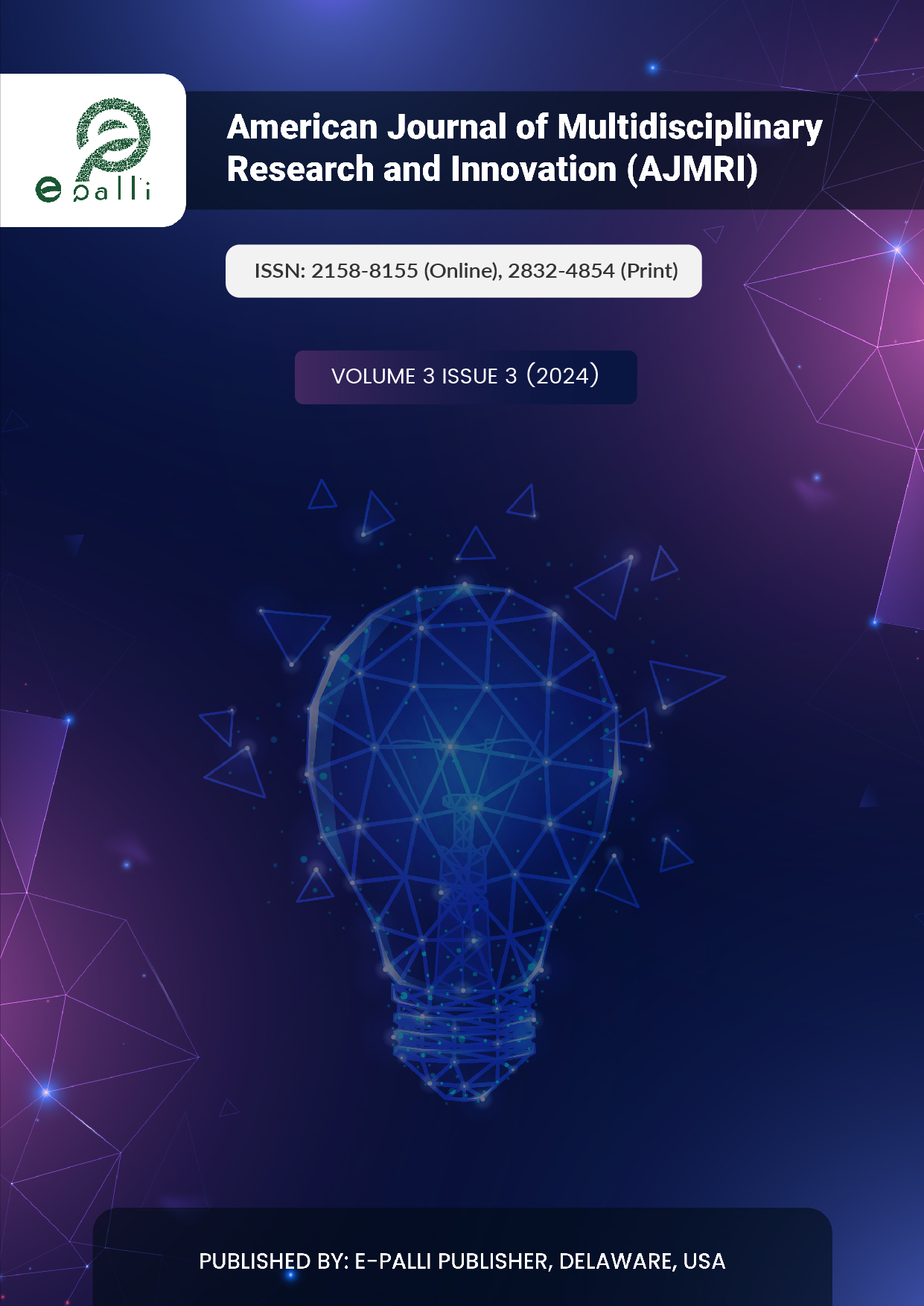MS T.E.A.M.S: A Recovery Approach in Improving English Reading Speed and Accuracy
DOI:
https://doi.org/10.54536/ajmri.v3i3.2819Keywords:
English Reading Speed, Reading Accuracy, Recovery Approach, Microsoft Reading Progress, Struggling Readers, Thematic Analysis, Linear RegressionAbstract
This study investigated the effectiveness of MS T.E.A.M.S (Microsoft supports Teachers in Engaging, Assessing, and Monitoring Students) in improving reading speed and accuracy among Grade 11 Technical Vocational and Livelihood (TVL) students at Marigondon Senior High School. Over ten weeks, the intervention utilized Microsoft Reading Progress (MS-RP) to provide personalized reading practices and continuous assessment. A mixed-methods approach was employed, combining Linear Regression for quantitative analysis of participants’ reading scores and Thematic Analysis for qualitative insights from student interviews. Results showed positive effects on reading speed and accuracy, with most participants showing improvement. Active engagement was crucial for skill development, though some students needed additional support. While the intervention had favorable outcomes, areas for improvement were identified. The study highlights the importance of using MS T.E.A.M.S, and MS-RP to tailor interventions for struggling readers. In conclusion, the research confirms the efficacy of the Reading Intervention Program using MS-RP in enhancing reading proficiency among Grade 11 TVL students. Sustained participation is vital, and further enhancements are available to support students requiring extra assistance. This study provides valuable insights and recommendations for enhancing English reading fluency through technology-assisted interventions in educational contexts.
Downloads
References
Department of Education (2014). Every Child A Reader Program (E.C.A.R.P.).
Gough, P. B., & Tunmer, W. E. (1986). Decoding, reading, and reading disability. Remedial and Special Education, 7(1), 6-10.
Jackson, A., & Shyamsundar, S. (2022). Integration of MS Teams as an LMS Tool for Language Classroom: An Analysis using SAMR Model.
Johnson, A., & Jenkins, B. (2019). Impact of progress indicators on reading speed. Journal of Educational Technology, 45(2), 123-135.
Microsoft Corporation. (2021). Reading Progress: A Tool for Enhancing Reading Fluency.
Octavo, Maricel and Vargas, Danilo, Effects of The Usage of Microsoft Teams in Reading Fluency of Grade 4- Pupils (September 7, 2022).
Prasetya, R. E. (2022). Utilizing Reading Progress Feature In Microsoft Teams To Improve Speaking and Listening Competence Of English Foreign Language Learners, 7(1), 21–29.
Putra, A. P. (2022). The Effectiveness Microsoft Teams Application on Students’ Reading Achievement.
Smith et al. (2020). Impact of technology-based reading programs. Journal of Educational Technology, 45(2), 123-135.
Smith, J., & Johnson, A. (2023). Exploring the Effectiveness of Microsoft Reading Progress in Enhancing English Reading Skills. Journal of Educational Technology, 10(2), 45-60.
Wu et al. (2017). Technology learning in the English classroom. Language Learning Journal, 40(1), 67-81.
Xodabande, N. (2017). Technologically integrated learning in English language schools. Educational Technology Review, 55(3), 231-245.
Downloads
Published
Issue
Section
License
Copyright (c) 2024 Lilibeth A. Lapatha, Lester L. Potot, Evelyn D. Saguin

This work is licensed under a Creative Commons Attribution 4.0 International License.



